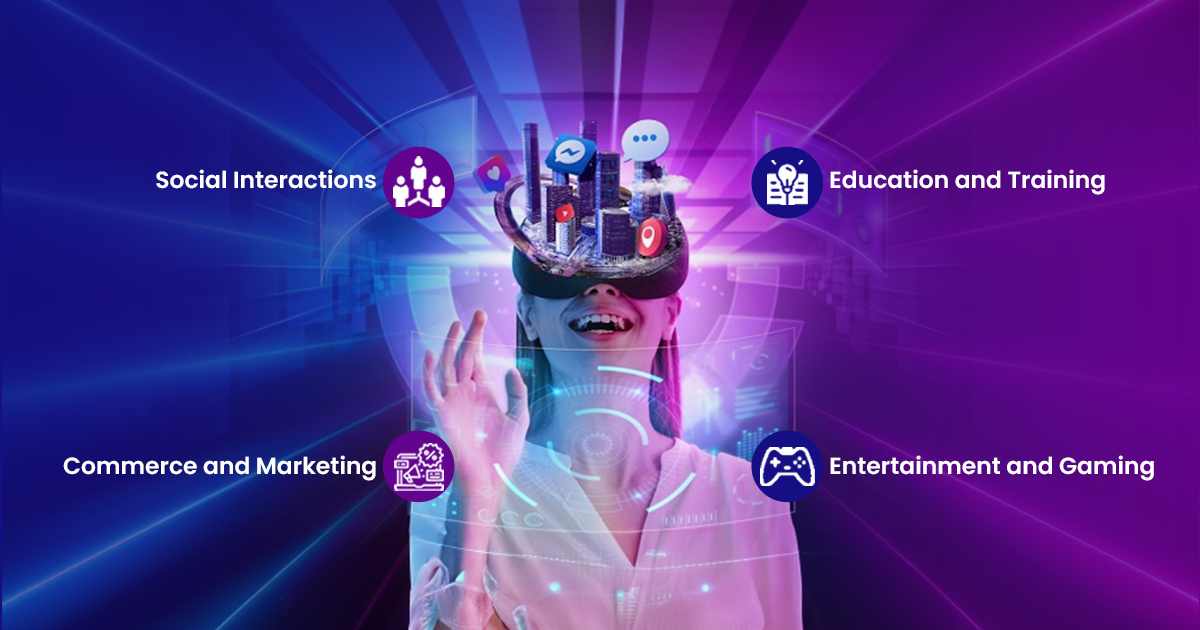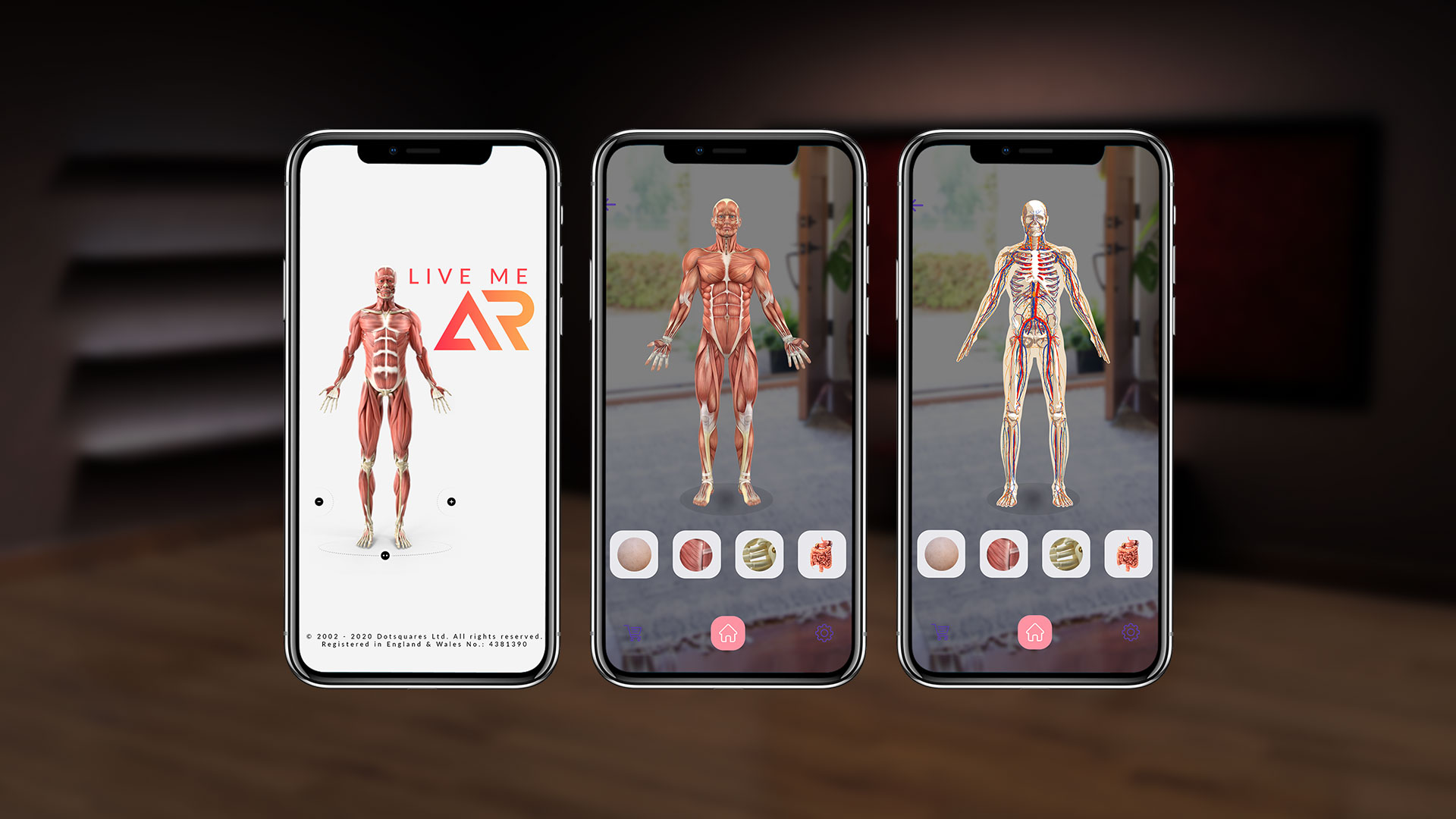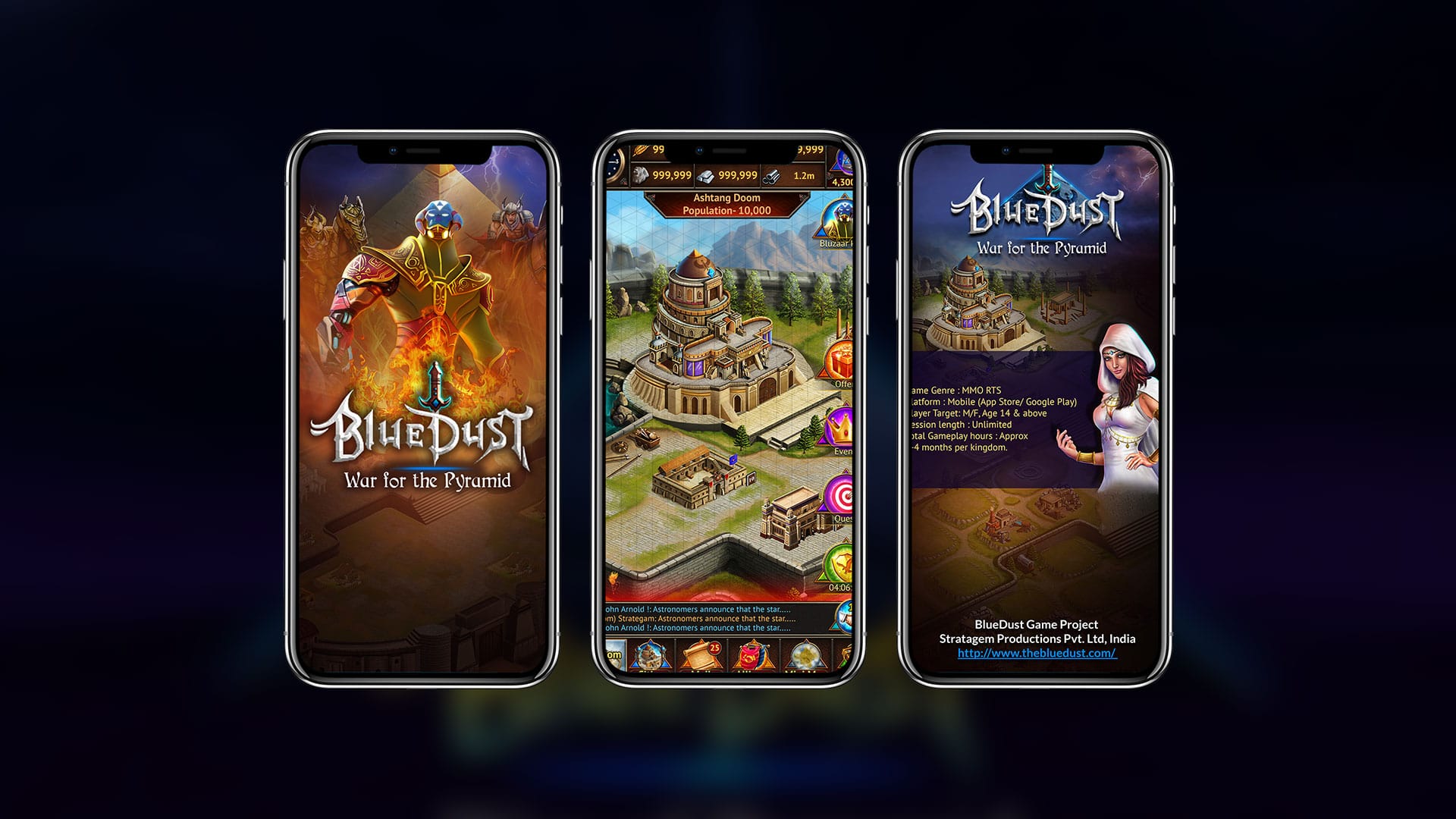Unveiling the Metaverse: A New Digital Frontier
The concept of the metaverse has rapidly transitioned from the pages of science fiction to the forefront of technological innovation. A collective virtual shared space, the metaverse integrates augmented reality (AR), virtual reality (VR), and other advanced technologies to create immersive, interactive experiences that blur the lines between the physical and digital worlds. As the metaverse evolves, AR and VR stand out as pivotal technologies shaping its landscape, driving both the development and the user experience of this emerging digital frontier.
The Role of AR and VR in the Metaverse
Augmented Reality (AR): Bridging Realities
Augmented Reality enhances the real world by overlaying digital information onto the physical environment. In the metaverse, AR serves as a bridge between the physical and digital realms, enabling users to interact with virtual objects in their immediate surroundings. This seamless integration of virtual elements into the real world is crucial for creating immersive experiences that feel natural and engaging.
For instance, AR can transform mundane activities into interactive experiences, such as furnishing a room with virtual furniture, navigating through a city with augmented directions, or participating in mixed-reality games that overlay digital elements onto physical locations. AR’s ability to enhance real-world experiences makes it a cornerstone in the metaverse’s development, enriching how users perceive and interact with their environments.
Virtual Reality (VR): Crafting Immersive Worlds
Virtual Reality, on the other hand, transports users into entirely digital environments, offering an immersive experience that is detached from the physical world. VR is the backbone of the metaverse’s virtual worlds, creating spaces where users can socialize, work, play, and explore in ways that were previously unimaginable.
Through VR, users can attend virtual concerts, participate in remote meetings, explore fantastical worlds, or even undergo virtual training for real-world skills. The immersive nature of VR makes it a powerful tool for creating engaging and interactive experiences that are central to the metaverse’s appeal.
Blending the Physical and Digital Realms in the Metaverse
One of the most exciting aspects of the metaverse is its ability to blend physical and digital realms seamlessly. Metaverse game development companies are at the forefront of this integration, using AR and VR to create experiences that transcend traditional boundaries. For example, an AR game development company can design games that bring virtual characters into the real world, while virtual reality game development services can create entirely new worlds for users to explore.
This blending of realities opens up a myriad of possibilities, from interactive art installations and virtual tourism to sophisticated training simulations and educational tools. The goal is to create a cohesive experience where the physical and digital coexist, enhancing the user’s sense of presence and immersion.
Metaverse Opportunities with AR and VR

Social Interactions
AR and VR revolutionize social interactions in the metaverse, enabling users to meet, communicate, and collaborate in virtual spaces. Whether it’s attending a virtual party, working on a collaborative project, or simply hanging out with friends in a virtual environment, AR and VR create a sense of presence and connection that transcends physical boundaries.
Commerce and Marketing
The metaverse opens up new avenues for commerce and marketing. Virtual stores, showrooms, and marketplaces leverage AR and VR to offer immersive shopping experiences, allowing customers to try on clothes, test products, or visualize purchases in their own spaces before making a decision. Brands can also create unique marketing campaigns within the metaverse, engaging users in innovative and interactive ways.
Education and Training
AR and VR have transformative potential in education and training, providing interactive and immersive learning experiences. In the metaverse, students can explore historical sites, conduct virtual science experiments, or attend lectures in simulated environments. Similarly, professionals can undergo realistic training simulations, enhancing their skills in a safe and controlled virtual setting.
Entertainment and Gaming
The entertainment and gaming industries are at the forefront of metaverse development, with AR and VR enabling the creation of fully immersive experiences. From exploring expansive virtual worlds in video games to enjoying live performances in virtual arenas, AR and VR are revolutionizing how entertainment is consumed and experienced. A game development studio specializing in metaverse projects can create ground-breaking experiences that captivate and engage users.
Sum-up
The metaverse represents a new era of digital interaction, and AR and VR are the key technologies driving its evolution. By enhancing real-world experiences and creating immersive virtual environments, AR and VR are unlocking unprecedented opportunities in social interaction, commerce, education, and entertainment. As these technologies continue to advance, the metaverse will become an integral part of our daily lives, offering endless possibilities for innovation and engagement. The future of the metaverse is boundless, and AR and VR are leading the way into this exciting digital frontier.















